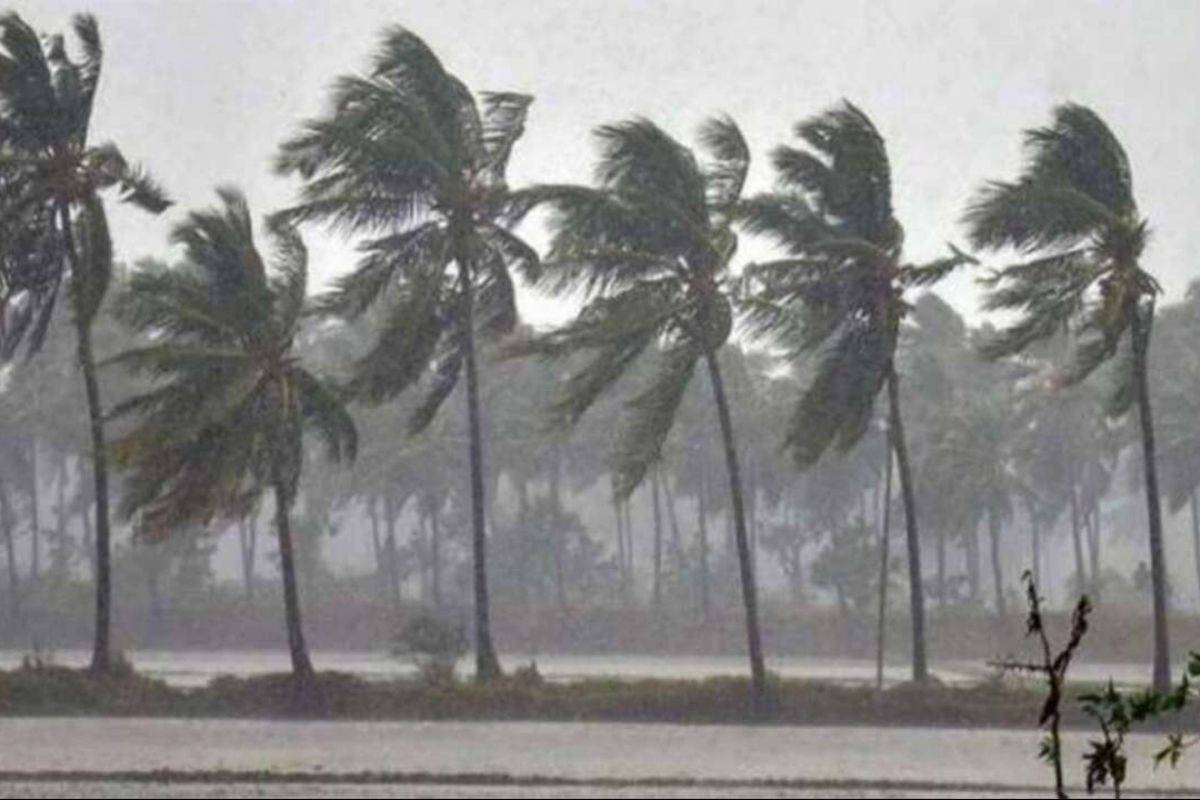Cyclone Dana has unleashed devastation across West Bengal, leaving the state’s agricultural economy reeling. The cyclone, which brought unrelenting rainfall and powerful winds, submerged thousands of hectares of Aman paddy fields in key agricultural districts, including West Midnapore, East Midnapore, and Jhargram. These rice-rich regions now face severe crop losses, with officials warning that stagnant water poses an imminent threat to the survival of the paddy crop.
Agricultural experts across the region are urgently calling for action, describing the situation catastrophic. Mridul Bhakta, deputy officer of the district agriculture department in West Midnapore, highlighted the need for immediate drainage to prevent further damage. “Mature paddy plants have collapsed under the storm’s force. If water remains in the fields, the crops will rot,” he said, urging farmers to follow crop protection guidelines while district teams assess the situation.
Advertisement
Cyclone Dana’s timing has compounded the crisis, hitting as farmers were preparing to harvest Aman rice — a key staple for both local consumption and economic security in the region. West Midnapore alone saw 3.75 lakh hectares of Aman paddy planted this season, with preliminary reports indicating that over 50,000 hectares were damaged by September rains, only to be further devastated by the cyclone.
But rice is not the only crop affected. In East Midnapore, where vegetable and flower cultivation also play a vital role in the local economy, areas like Kolaghat, Panshkura, and Haldia are seeing extensive damage to their fields. According to Tirthankar Mandal, deputy director of East Midnapore’s agriculture department, prolonged waterlogging poses a serious threat to vegetable crops, potentially leading to rot and an ensuing price spike in local markets. “The region’s vegetable cultivation is in jeopardy,” Mr Mandal stated, stressing the need for rapid intervention to avoid complete crop loss.
East Midnapore’s 2.42 lakh hectares of Aman paddy fields are at particular risk, with low-lying areas in Kanthi (Contai), Egra, Moyna, and Panshkura completely submerged. The district’s officials warn that prolonged waterlogging could render the crop unsalvageable, making immediate drainage a priority.
As damages escalate, the financial toll on farmers has become a pressing concern. Asis Hutayet, a representative from the West Midnapore zilla parishad agriculture committee, spoke of the widespread impact. “The extent of loss across districts cannot be fully captured. We are ensuring that no farmer is excluded from crop insurance, which is critical to weathering these unprecedented losses,” he affirmed.
Beyond crop fields, the cyclone has also struck the state’s fishing communities hard. Temporary fish farming structures in Dantanpatbara were swept away, affecting over twenty fish enclosures. In areas like Junput, Khejuri-II, and North Kadua Kanthi, high tides and flooding led to infrastructure losses, leaving fishermen grappling with both damaged shelters and depleted fish stocks.
Jhargram district, meanwhile, has been equally devastated. In addition to crop losses, where around 370 hectares of land were damaged, over 200 mud houses were destroyed, displacing families. Local authorities have begun providing temporary shelter and assessing both housing and crop damage, but officials acknowledge that recovery will take time.
The state’s agriculture departments have mobilized resources to assess and mitigate crop damage, especially by facilitating water drainage in submerged fields. Officials have advised farmers to utilise crop insurance to buffer against losses and are coordinating relief efforts to meet immediate needs.
A senior administrative officer said, “As West Bengal grapples with the aftermath of Cyclone Dana, the full extent of the cyclone’s impact on the state’s rural economy may take weeks to fully assess, but the immediate challenges facing farmers and fishermen are already apparent in battered fields, inflated market prices, and damaged infrastructure.”
















